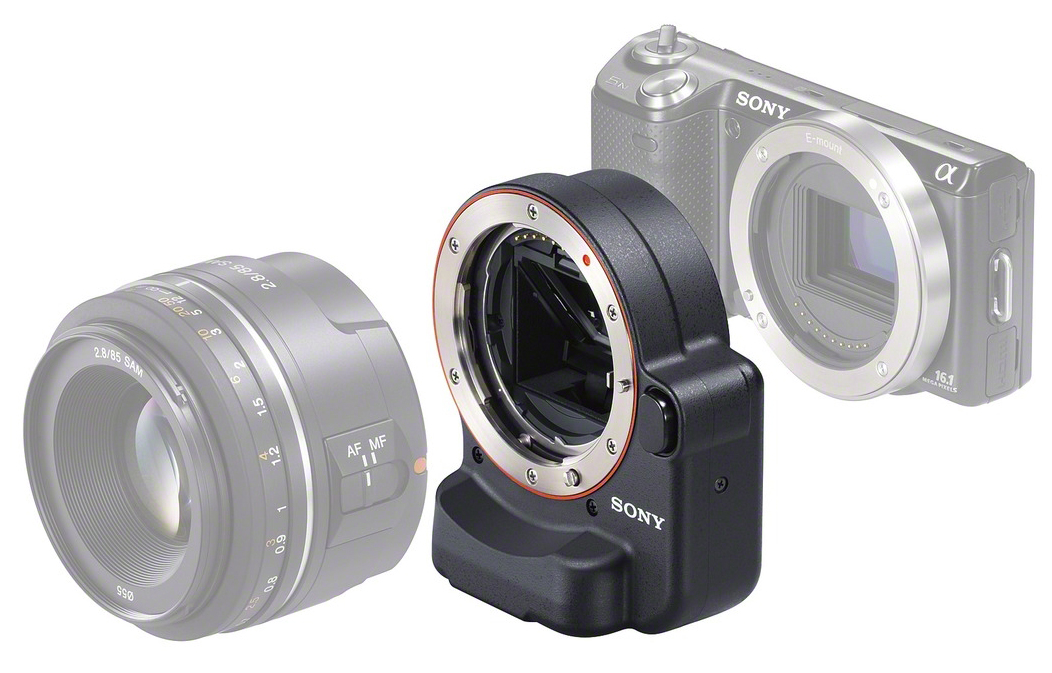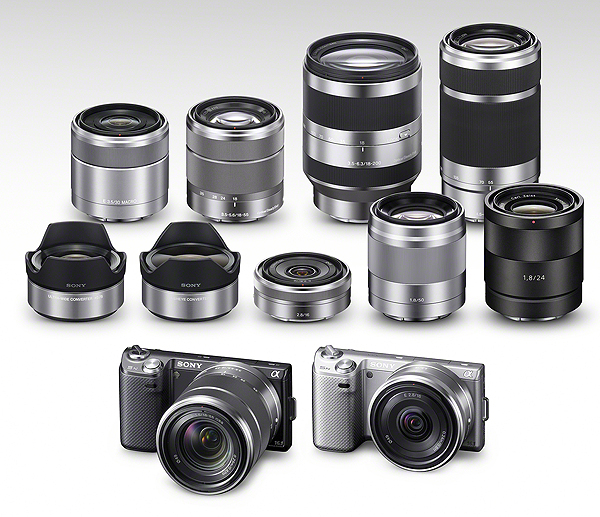The end of Kodak? Shades of Minolta…
Having written this piece tonight, I find myself deciding to put it on Photoclubalpha although it’s not Sony or Minolta related. The websites I run for professionals are seen by very few people, this is seen by 40,000 in a decent month. Therefore, you have a truly diverted article (with pictures taken on Sony and Minolta) – David Kilpatrick
————————————–
Photograph by and © Shirley Kilpatrick/Alpha 580, Sigma 18-250mm OS
Those who say ‘Kodak is dead’ are reacting a little prematurely. The US Chapter 11 filing for protection from bankruptcy has no equivalent in Britain, and allows time for revenues to be garnered which can save the core of a corporation rather than leave the corpse.
Kodak’s patent battles are not over. While most companies making digital cameras or smartphones have signed royalty agreements accepting that they needed to use patents legitimately, some including their biggest rival Fuji have resisted.
One possibility is that patents – including a portfolio which will bring in substantial earnings for several years to come – will be sold. If a major disputed patent infringer is the buyer, they become the owners of patents which otherwise put a question mark over their balance sheet. As long as a case is in court, any corporation may see its capital value reduced (with its share price) by the amount of the possible liability.
That could make Fuji, Apple or Samsung potential buyers for Kodak. Who has the money to buy Kodak? American, and therefore likely to get permission and support? Apple…
Kodak’s brand has big value worldwide. Control of corporate identity may be limited to providing tins of yellow and red paint, but it works! Karnak, Egypt ©DK
Unfortunately, it does not work the other way round. Pursuing an action for billions does not necessarily convince the market that this is a hidden asset. So while Kodak has aggressively launched several new patent infringement claims in the last few weeks, they had at best a temporary effect on the company’s value, more than matched by reversals.
However, at a time when all stocks have been artificially depressed and the entire market worth a quarter of what was once its stable value, it becomes very difficult to judge the long-term situation. Kodak has a massive theoretical value as a brand, and nearly 5,000 patents still extant from the digital era (the last quarter-century) though all patents do eventually expire. What does not expire is the backdated royalty claim which can be made against a company proven to have infringed patents over a long period.
Kodak stand, photokina 2006 – the market they chased then was the market Sony, to a large extent, owns today ©DK
That’s why Kodak buying some time in Chapter 11 (accompanied by a $950m loan to keep the business running) is significant. If the corporation can avoid being wound up or taken over for long enough to win a patent case, it may rise again. In January, suits were launched against Samsung, Apple and Fuji claiming patent infringement.
Smartphones and pads now do what the excellent little Kodak Z-series pocket video cameras offered in 2008 when the Zi-6 was launched. Ahead of its time, with YouTube connectivity branding, it doesn’t use all the patents Kodak is now defending – which cover wifi, automatic email and network address image uploading, and related photo sharing concepts. ©DK
Think back twenty years. Honeywell had filed actions against many companies for infringement of their autofocus patents, most settled and added to Honeywell’s revenue stream. Minolta, pioneers of autofocus and makers of the first AF SLR system, allowed the case to go to court instead of settling. Though the Minolta photographic division was to survive 15 more years, the huge award in Honeywell’s favour destroyed their reserves and ultimately was the root of their decline and eventual absorption by Sony. That’s what is at stake with claims like this, the patent owner having the chance to grab a huge chunk of a rival’s assets, capital or future revenues.
Kodak did manage to do things within the digital world, from their 1994 Chinon-based first consumer camera to the demise of the DCS Pro 14 megapixel full-frame Canon and Nikon bodies a little over twenty years later. On the consumer front, they made one of the best bridge cameras – the only one that really matched the Konica Minolta Dimage A2. But the P880 was slow, late, ugly and arrived just when bridge cameras were departing this life.
Look, other people’s babies ALWAYS look ugly! Someone at Kodak loved this one. ©DK
For partly sentimental reasons, I bought a few Kodak shares in late 2011 when the signs of doom could be seen. Kodak has been worth tens of thousands to me over the last 40 years, helping from my first days as a photographic journalist. It was in Kodak’s London offices we held our editorial meetings in the 1970s, and twenty years later Kodak’s Gold Awards defined the ultimate professional standard. I may win, I may lose on a handful of shares but I have been able to follow their fluctuations daily.
Abandoning the professional
My 40-year ride with Kodak has not been all good. In 1982, I still had a Kodak direct account as a professional photographer and a Kodak rep would call in monthly. From that catalogue we could buy anything from a pack of lens cleaning tissue to a complete 5 x 4″ monorail camera. All kids of studio equipment, darkroom equipment and sundries joined the vital supplies of film, chemicals and paper in the price list. We became customers for such things as Kodatrace graphic arts foil, grey cards and colour targets.
Then Kodak took the first of the great bad decisions; they closed all direct professional photographer accounts. The reasons given in private, by their executives, were that professional photographers were a huge risk – bad and late payers, takers of excessive credit, unreliable and prone to going bankrupt (hmmm…).
I will agree that the 1980s encouraged businesses to hang on each rung of the turnover ladder by their fingertips, with credit costing a fortune in interest rates, and a tax régime which punished the smaller operation. My own business, however well it did, was always struggling to pay tax bills and when you look at the advance cashflow we had to cover, it is no wonder. Our clients in turn struggled to pay us, but we were charging them a sum for one day’s photography which would pay one month’s average wages.
Back then our business was like a salmon fighting upstream through the rapids to the spawning-grounds. Now it’s like a frog sitting on a lilypad and occasionally flicking out a tongue to catch passing flies. Wonder if the same process, quietly, happened to the Big Yellow Box?
The latitude, colour and tonal quality of Fujichrome 50 exploited in the mid-1980s with a reportage shot of a great antique shop in Martin, Lincolnshire, using Hasselblad SWC. ©DK
Kodak passed their business to trade counters and labs, and took the reps off the road. The trade counters and labs promptly offered rival products alongside Kodak. Within months, we had switched entirely to using Fuji reversal film as their E6 Fujichrome – introduced by our new suppliers – had far superior colours to Ektachrome. The difference was great that in 1983 we were able to open a commercial studio in Nottingham city centre, and grab tens of thousands in business from one long-established rival just because our Fujichrome test shots outshone their Kodak output on the lightbox.
Konica offered us a direct account, and did the same for the local minilab which did much of our machine processing and printing. We bought in Konica for our hand printing, and started using Konica colour negative stock. Then we sealed a deal with the local National Trust region to supply the first film counter dispensers for their shops, and the film supplied was Konica. Ilford Limited, Kodak’s old honourable rival, sourced exactly the same Konica stock and rebranded it as new Ilfocolor and Ilfochrome 100.
Where Kodak discontinued materials, Konica wanted to have more. For many years, Icon’s magazines participated in the annual special order to get infrared film made – something we persuaded Konica to do through PHOTOpro (not the US one, or the current UK magazine, they both nicked our 1989 magazine title).
Kodachrome said fare-thee-well in June, 2009, vanquished by digital media. See that DX coding? Minolta and Kodak worked together on that and Minolta had some of the first cameras with automatically set ISO when you loaded the film. Contrary to many statements, Kodachrome was not especially permanent, undeveloped image life was minimal, processing was highly variable and it didn’t scan well… but photographers still loved it. See baby above. ©DK
From the 1980s on, almost every major Kodak decision was a contraction or a withdrawal when seen from the perspective of a UK photographic business. Kodak film manufacture in Britain ended in 2005 when the last equipment from the Annesley film plant was sold off, but long before this so many excellent members of the professional division staff, so many activities and ambitions had been curtailed. The loss of the Kodak Gold Awards was a body-blow. The end of the Kodak Wedding and Portrait Awards, a knockout punch. Ultimately, Kodak gave up autonomous distribution even to the trade; it all goes through a distributor (Photologic) before it reaches a trade counter or lab.
A Kodak Express outlet in Leith Ocean Terminal, just on the day of opening in 2008, with shelves awaiting stock. It’s still going strong. This is the closest I get to seeing Kodak as a business now – and it is, basically, just a very good franchise operation. ©DK
Where once, every respectable pro photographic studio or small photo shop was a direct Kodak customer and talked to Kodak daily, photographers are now two or three steps removed. There is no longer a connection and it’s unlikely there will be again.
Photographers still do buy Kodak materials – photographic and inkjet papers alike – and the public buys Kodak printers for their honest approach to ink costs. Plenty of clever and excellent digital cameras are bought every day, and Kodak Express shops occupy small but good positions in busy shopping malls. User-operated printing systems turn digital snaps into Kodak prints.
Using Kodak media-card digital printing touch screen systems at photokina 2008. These dye-sublimation printers are actually very affordable for store counters, but there’s no film processing, no film sales, no chemical sales and no silver imaging paper involved. ©DK
It is not yet the time to say R.I.P., Kodak but it’s long past the time that the profession said au revoir, Kodak. It does not have to be adieu, yet. Hasta la vista!






















